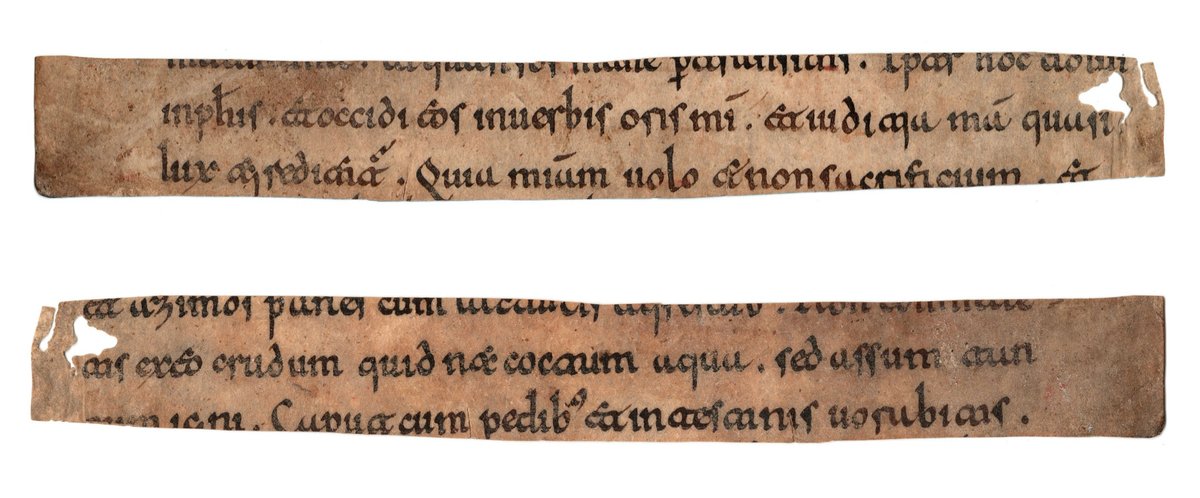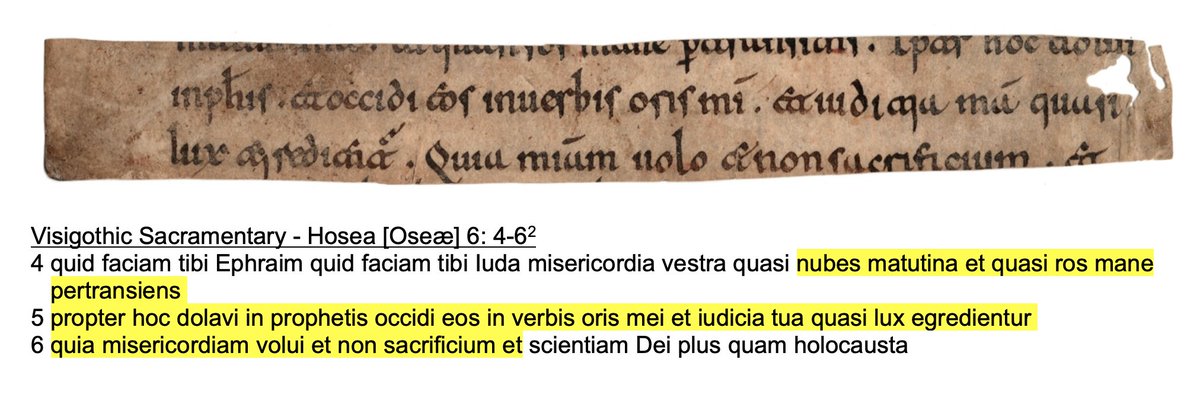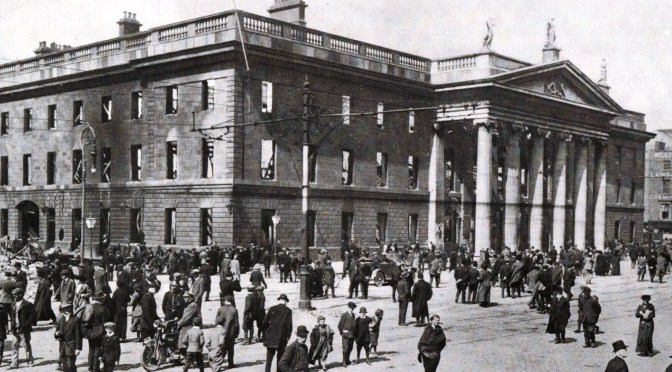
Turkish police seize priceless shiny 2000 year old Torah from the fabled ancient Jewish enclave of Yushittinmebro.
timesofisrael.com/police-in-turk…
timesofisrael.com/police-in-turk…
The inverted menorah is of course typical of the rare surviving manuscripts from the Mutzuballovian rabbinical dynasty, centered for centuries in the Shtetl of Kneidlach.
Provenance is all important with ancient manuscripts like this - if you look very closely at the video, you can just make out the letters of the library stamp " אױ װײ " of that great scholar of Yushittenmebro, the Gaon of Shvindl.
jpost.com/judaism/2500-y…
jpost.com/judaism/2500-y…

Just had a call from the Distinguished Professor of Ancient Shiny Hebrew, Malachi Beit Arihaha: the library stamp is NOT the personal mark of the Gaon of Shvindl, it's the stamp of the rabbinic school he FOUNDED, the Huhdvink Yeshiva.
Happy to correct, I'm on Twitter to learn.
Happy to correct, I'm on Twitter to learn.
• • •
Missing some Tweet in this thread? You can try to
force a refresh

























